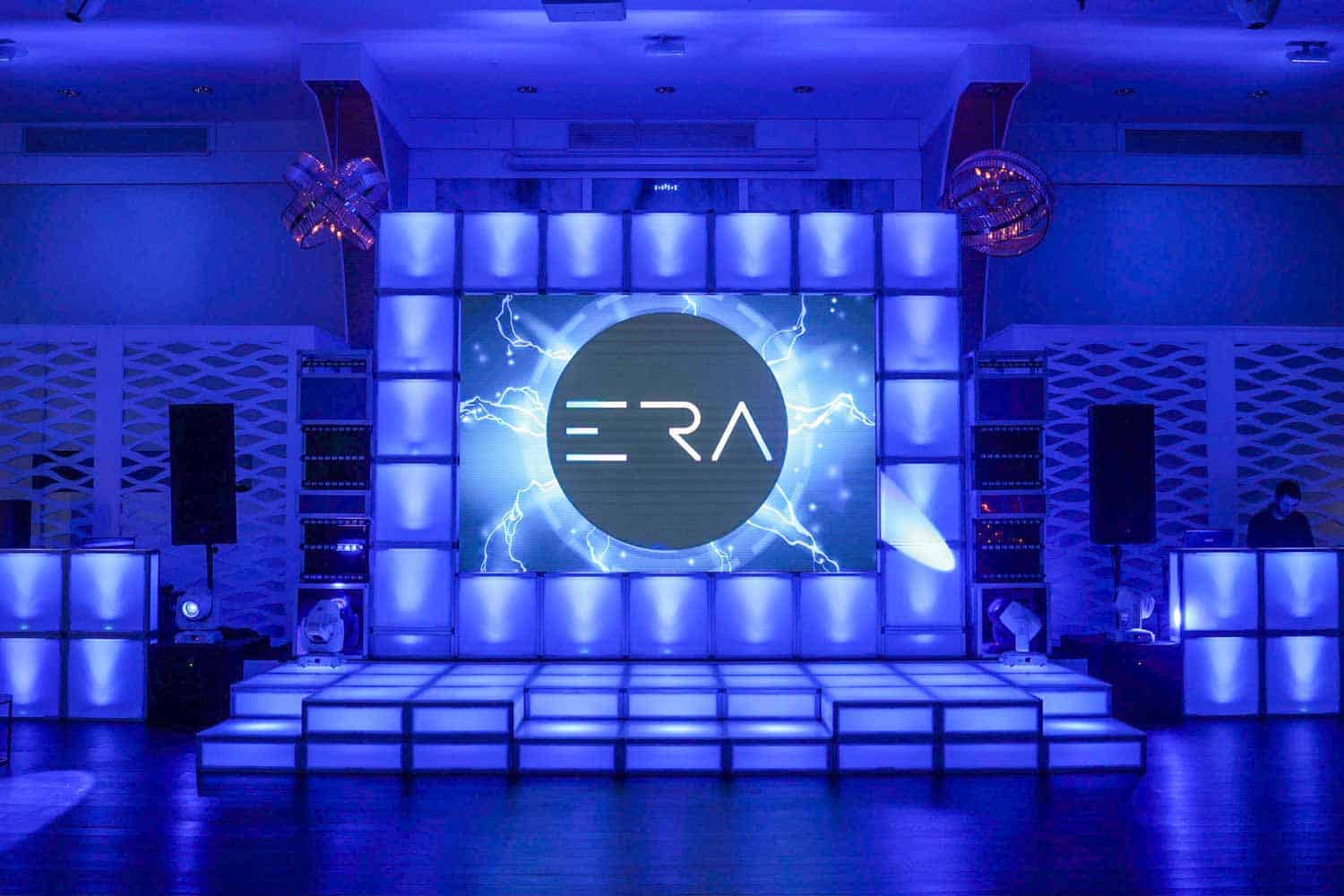LED wall units have secured traction for their capacity to deliver crisp visuals in various settings, from professional environments to entertainment venues. One of the most significant aspects of these panels is their interface capabilities, which allow users to connect them to multiple devices and systems. Comprehending the broad input options available for LED wall panels is essential for maximizing their use and effectiveness. This article explores these options, highlighting how they can cater to various needs and preferences.

One frequent interface method for LED wall panels is High-Definition Multimedia Interface. HDMI is widely known for delivering high-quality video and audio signals between components. This interface type is particularly useful in business environments, such as conference rooms or classrooms, where visual content or video content are often displayed. By using HDMI cables, users can seamlessly link laptops, projectors, and streaming devices to LED wall panels, ensuring a sharp and dynamic presentation of media.
Another popular connectivity method is Display Port, which is similar to HDMI but offers enhanced benefits. DisplayPort can support higher refresh rates and resolutions, making it an ideal choice for interactive media or graphic-intensive applications. For those using LED wall panels in settings where output quality is essential, such as competitive gaming venues or creative workspaces, DisplayPort can provide the necessary visual quality. Moreover, many contemporary computers and graphics cards include DisplayPort connections, making it a convenient option for tech-savvy users.
In addition to High-Definition Multimedia Interface and Display Port, cordless transmission options are becoming increasingly prevalent in LED wall panel solutions. Cable-free interfaces allow operators to transmit content without the need Resources for physical cables, promoting a cleaner and more flexible configuration. Platforms such as wireless internet and short-range communication enable users to link smartphones, tablets, and laptops seamlessly to Luminescent Diode wall panels without tangled wires. This versatility is especially beneficial in fast-paced settings like exhibitions or live functions, where quick changes to displays are often needed.
For larger installations or more intricate configurations, LAN integration through wired networking is another viable option. Ethernet links provide a consistent and robust way to integrate multiple Light Emitting Diode wall panels within a system. This approach is ideal for digital signage applications found in retail centers or transport hubs, where useful content multiple panels may need to present coordinated content across a broad area. By using network cabling and routing hardware, operators can guarantee that all linked panels receive consistent updates and information seamlessly.
Finally, it's crucial to evaluate the evolution of interface technology with advancements such as Universal Serial Bus-C and Thunderbolt Three. These next-generation interfaces offer enhanced data transfer rates and flexibility by allowing one connector to handle both energy transfer and data exchange. As more devices adopt these standards, LED wall panels equipped with USB-C ports will likely become more prevalent. This shift in integration not only improves the capabilities of Luminescent Diode wall panels but also coincides with the emerging trend of minimalistic design in hardware arrangements by minimizing the number of wires needed.
In conclusion, exploring the diverse connectivity options available for LED wall panels reveals many possibilities for users across various fields. From traditional approaches like High-Definition Multimedia Interface and Display Port to contemporary cordless technologies and network connections, each option serves unique purposes tailored to specific needs. Furthermore, next-gen technologies like Universal Serial Bus-C offer further developments in how users interact with LED wall panels. By understanding these integration alternatives, end-users can make strategic decisions that enhance their overall experience with these multifunctional visual solutions.
Comments on “Examining the Wide-ranging Connectivity Options Offered for LED Wall Modules”